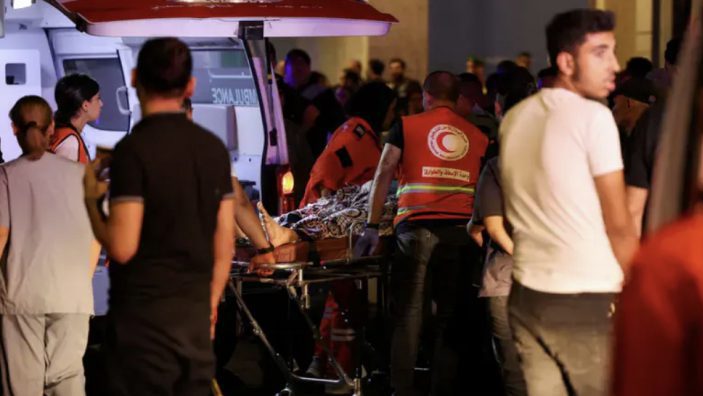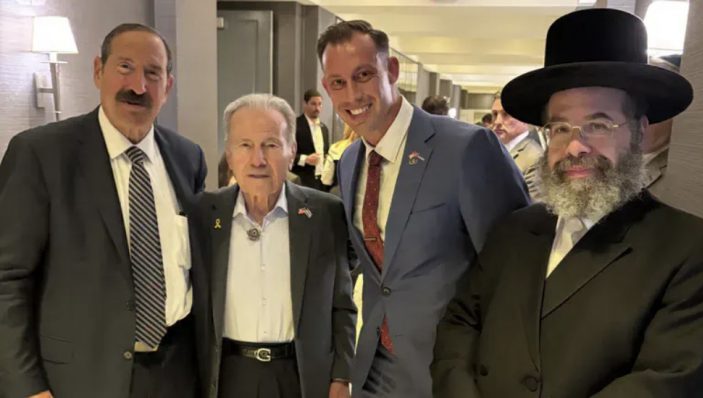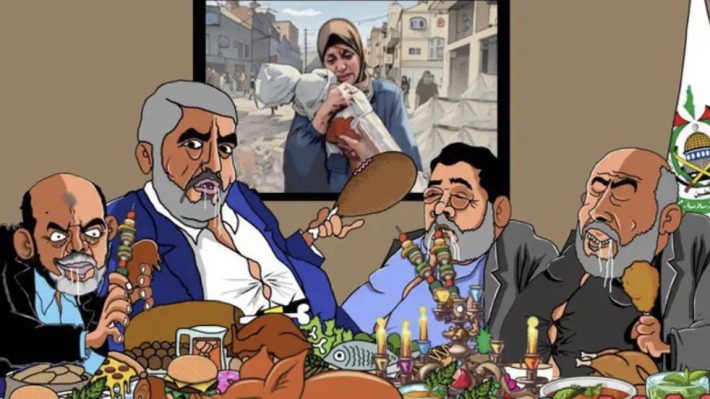A controversial AP feature draws backlash for spotlighting Hezbollah-linked pager bombing survivors while downplaying the terror group’s role and the operation’s strategic context.
A newly published Associated Press (AP) multimedia project is drawing sharp criticism for what many see as an attempt to evoke sympathy for individuals affiliated with Hezbollah, wounded during a September 2024 Israeli counterterrorism operation involving explosive-laced pagers.
The September 17 operation, according to Israeli military sources, involved the simultaneous detonation of booby-trapped pagers distributed to confirmed Hezbollah operatives across Lebanon and parts of Syria. The attack reportedly killed 12 Hezbollah members and injured over 3,000, with Israel asserting that advanced testing ensured only the individual handling the pager would be harmed.
Yet the AP’s highly visual and emotionally driven report, released Wednesday, focuses not on Hezbollah’s terror activities but on the first-person accounts of six Lebanese casualties, all either members of Hezbollah or relatives of its operatives.
Among those profiled:
- Mahdi Sheri, identified openly as a Hezbollah fighter, who shares a quote about his resilience: “Nothing stood in our way,” referencing his remote wedding during rehabilitation.
- Sarah Jaffal, a 21-year-old who picked up a relative’s pager, says, “God only burdens us with what we can bear.”
- Hussein Dheini, a 12-year-old who lost an eye and multiple fingers, is described through the heartbreak of his mother, who called the moment “a nightmare.”
The report further includes civilians such as a religious teacher and an event planner — all with direct familial or operational ties to Hezbollah — presented in soft-toned, highly humanizing portraits, featuring their homes, families, and long recoveries. Notably absent is any substantive discussion of Hezbollah’s status as a terrorist organization, as recognized by the United States, the European Union, and other Western governments.
While the AP does acknowledge Israel’s official position — that the pagers targeted Hezbollah operatives only — the strategic rationale and security necessity behind the covert operation receive scant coverage.
Critics argue the feature amounts to emotional laundering of a terror network, positioning Hezbollah affiliates as victims without fully grappling with the militant group’s long track record of regional violence, rocket attacks, and Iranian backing.
In contrast to the powerful visual focus on the wounded, the threat posed by Hezbollah to Israeli civilians, and the military intelligence required to surgically execute the pager operation, is largely left in the background — if acknowledged at all.





